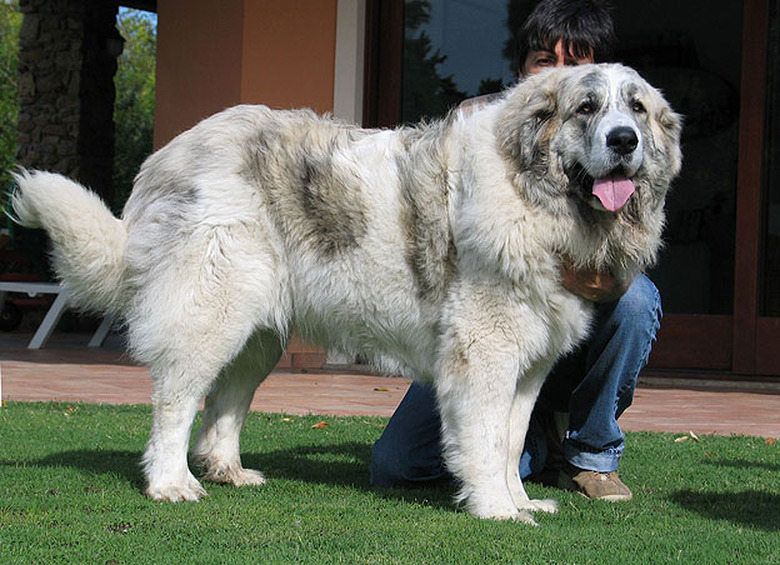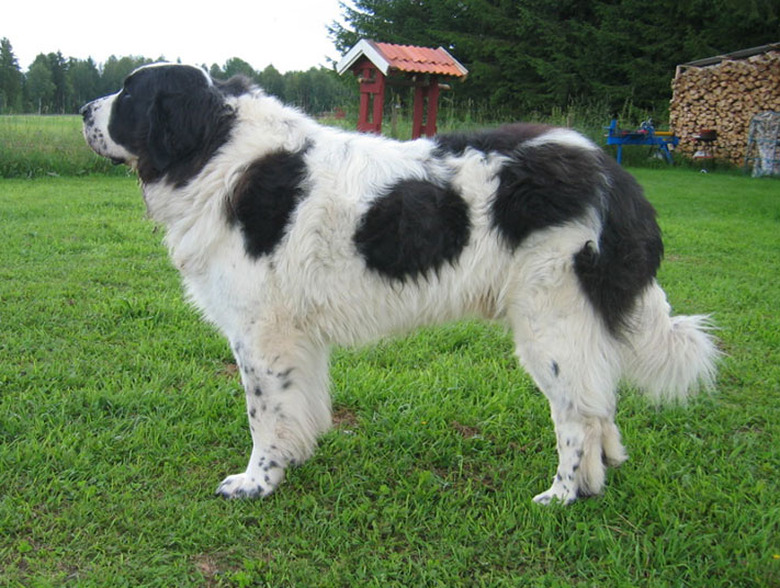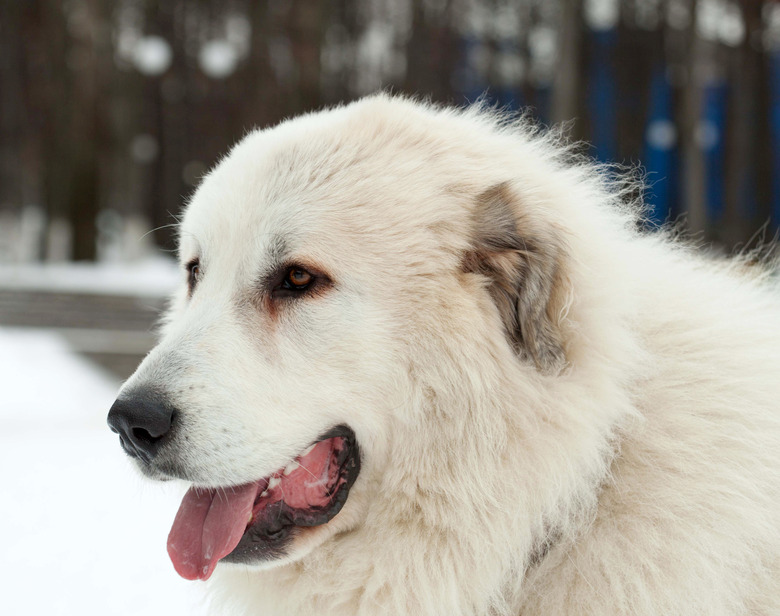Pyrenean Mastiff Dog Breed Facts & Information
If you're in the market for a gigantic dog with a lot of personality, look no further than the Pyrenean mastiff. You may not have heard of this rare breed, but they're easygoing, fun to be around, and above all — huge. But don't worry; they're just gentle giants who love cuddles.
Pyrenean mastiff history
Pyrenean mastiff history
The Pyrenean mastiff's exact origins are not known. However, it is thought that the breed is descended from ancient dogs called Molossers, which were brought to Europe by the Phoenicians over 3,000 years ago.
Pyrenean mastiffs have historically served as livestock guardians. Used in the Aragonese and Navarrese Pyrenees, the Pyrenean mastiff would guard the sheep as well as their human owners from wolves and bears (or potential robbers).
After the Spanish Civil War, the Pyrenean mastiff went into near extinction due to a poor economy and the high cost of keeping such a large dog. In the 1970s, however, a group of Pyrenean mastiff fans began a project to recover the breed through the few dogs that were still left. Since 1977, it has been documented as a modern purebred breed by the Club del Mastín del Pirineo de España in Spain.
Pyrenean mastiff characteristics
Pyrenean mastiff characteristics
The Pyrenean mastiff is a giant, fluffy dog who weighs anywhere from 120 to 220 pounds. Males are around 30 to 31 inches in height, and females are between 25 and 30 inches tall.
These large-breed dogs are similar in appearance to the Saint Bernard, with a long, thick double coat that's primarily white in color with markings of either black, gray, golden, or shades of tan.
The Pyrenean mastiff breed is part of the American Kennel Club's foundation stock service group, though the breed isn't officially recognized by the AKC. They have a large head, wide chest, sleepy-looking eyes, and adorably floppy ears.
Pyrenean mastiff temperament & training
Pyrenean mastiff temperament & training
Breed is not a reliable indicator of personality; however, the Pyrenean mastiff is a self-reliant, calm, and gentle dog breed. They are patient and docile with children and may be protective of them as well as other family members. They also tend to get along well with other dogs and even cats because of their low prey drive.
These gentle giants respond well to positive, reward-based training, being especially food motivated. Because of their protective nature as guard dogs, socialization with people and other pets is a must.
Pyrenean mastiff grooming
Pyrenean mastiff grooming
The Pyrenean mastiff is a double-coated dog breed with a fluffy undercoat that sheds regularly and requires a substantial amount of grooming. Brush them several times a week with a slicker brush and undercoat rake to avoid tangles, especially during the spring and fall.
Keep their thick toenails, including their dewclaws, clipped every few weeks and check between those furry toes for knots that need trimming. In terms of bathing, keep baths to a minimum to retain the natural oils of this fluffy dog's coat.
This breed tends to drool when eating or drinking or when the weather is hot, so always have a towel (or several) ready for a quick cleanup.
Pyrenean mastiff exercise & health
Pyrenean mastiff exercise & health
Though these working dogs don't need an excessive amount of exercise, Pyrenean mastiffs do require several walks each day, or they may become bored or restless. Allowing them to walk on grass or unpaved paths is best because it's easier on their joints than hard concrete.
These massive dogs are fairly healthy, with a life expectancy of 10 to 12 years. Like other large dogs, the Pyrenean mastiff can be prone to musculoskeletal problems, including hip dysplasia or elbow dysplasia. As a large-chested breed, they are also prone to developing gastric dilatation-volvulus, commonly referred to as bloat. Other health issues include entropion and ectropion.
Pyrenean mastiff puppies
Pyrenean mastiff puppies
These dogs are big even as puppies and won't be fully grown until around 2 years old. Until that time, you'll need to feed them a large-breed puppy food formulated to prevent rapid growth that could be harmful to their joints.
Expect even 6-month-old puppies to weigh in around 60 or more pounds. You'll need to feed them accordingly but spread out their portions to prevent bloat.


